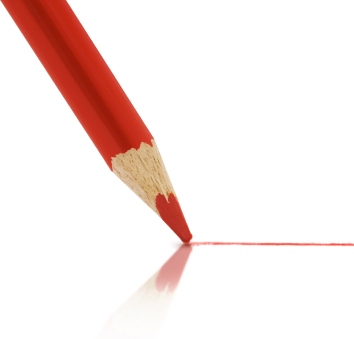
Like most of Japanese grammar, i and na-adjectives are simple, logical and beautiful. As far as I have seen (and I don’t claim to have seen everything) introductions to grammar do not explain them very clearly.
In a way I can see why. Their aim is to “cut to the chase” and tell you how to use them in practice. The trouble is, to my way of thinking, that this cutting-to-the-chase leaves the impression of a bundle of random quirky “facts” that you have to learn, rather than a complete, clear and beautiful system.
This in turn makes it harder to learn to use them correctly by instinct.
So let me tell you what I think everyone should know from day one of using i and na adjectives (but please use this in conjunction with a conventional explanation of their actual use if you aren’t familiar with it).
Video version of this article:
1. Na adjectives are essentially nouns. They work like nouns. That is why they need “na” (I’ll explain that bit in a moment).
2. I adjectives are close cousins of verbs. They conjugate like verbs. Na adjectives don’t because nouns don’t conjugate.
3. The “is” function is built into i adjectives. Kirei (na adjective) means “pretty” (or “prettiness”). But utsukushii (i adjective) does not mean “beautiful”, it means “is beautiful”. I put this in red because it is so important.
Now something happens from lesson one that tends to throw this important point into confusion. We learn:
Hana ga kirei desu (“the flower is pretty”: na-adj)
Hana ga akai desu (“the flower is red”: i-adj)
So don’t the two kinds of adjective work identically? Don’t they both require desu?
No, they don’t. The desu on kirei is grammatically necessary. The desu on akai is only used to make the sentence desu/masu polite level. It serves no grammatical function.
That is why, in plain form, we say:
Hana ga kirei da
Hana ga akai
Hana ga akai is the grammatically complete and proper way to say it. Hana ga kirei needs da.
And now that you know this, you are ready for the next important fact.
4. Na is a form of da. “So that is why na adjectives need na! Why didn’t anyone mention that?” You exclaim. So did I.
Connecting two i or na-adjectives
So, when you connect two verb-like i-adjectives, what do you do? You do just what you do when you connect verbs to something. You put them into te-form.
chiisakute kawaii = “is small and cute” (note that converting the final い i to く ku is the “glue” that holds conjugations onto i-adjectives).
And what do you do with na adjectives? Exactly the same thing.
But you can’t conjugate nouns or noun-like adjectives. No. And that is why na adjectives need na/da/desu. And that does conjugate to te-form.
The te-form of da/desu is de. So:
Kirei de yuumei da “is pretty and famous”.
I think I spent about a month wondering why the de particle was used in such an unpredictable way here. Of course, this de is not the de particle. It is the te-form of that same na/da/desu that always has to appear after a na-adjective.
As you see, the process is identical. chiisai means “is small”. To make kirei mean “is pretty” (rather than just “pretty”, or really something closer to “prettiness”) you have to add na/da. Both are then put into te-form:
chiisai → chiisakute
kirei na → kirei de.
Naturally you can join an i-adjective to a na-adjective, or a na–adjective to an i-adjective, just so long as you use the appropriate te-form as the connector for the first one.
These are the things I wish I had known right from the start, so I am giving them to you. I hope they make this aspect of Japanese feel clearer, easier and more kirei for you just as they did for me.
You may also want to watch this video, which goes into the broader question of “adjectival” use in Japanese including the way verbs and regular nouns also act in an adjectival capacity – forming one of the fundamental mechanisms of Japanese grammar:
One last point that can cause a little confusion. You will sometimes see the words ookii (big) and chiisai (small) used with the final i replaced by na. These are the only two adjectives that are commonly used as both i and na adjectives (though occasionally others can be too). The effect of the na-form is to make them feel a little more childlike and story-bookish. As in the children’s song Ookina kuri no ki no shita de “Under the big chestnut tree”.
This article comes from Unlocking Japanese, if you would like to learn how not only adjectives but most of Japanese is far easier clearer and more logical than the textbooks ever tell you, get your copy now!